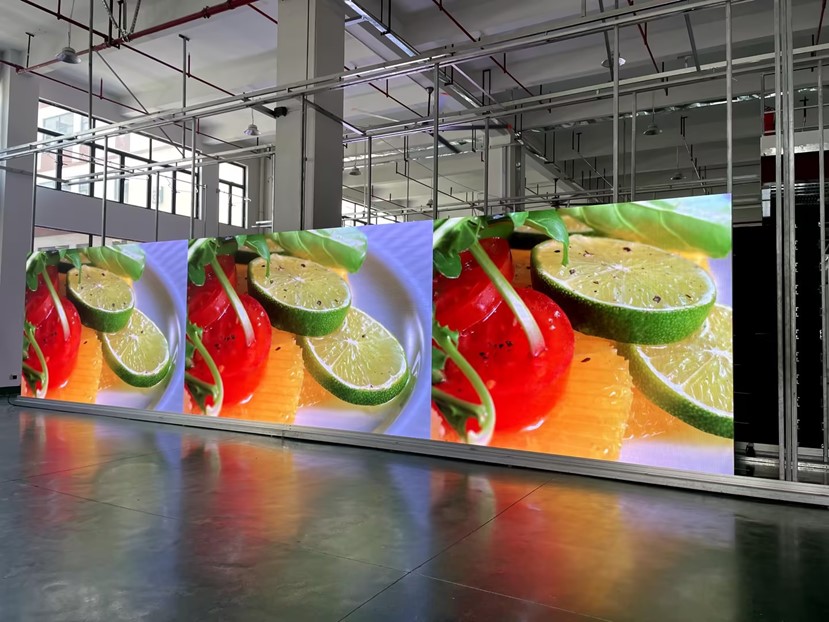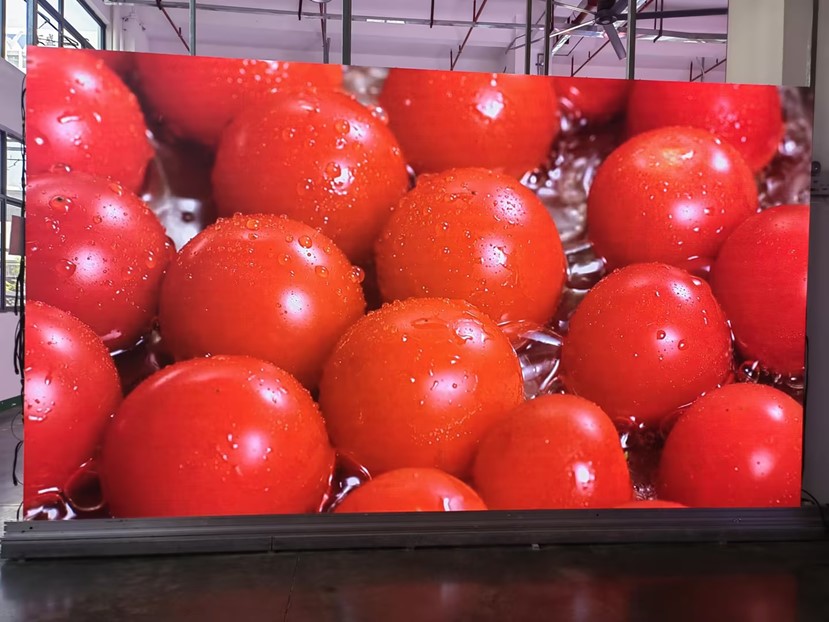
Capturing images of LED displays with smartphones often introduces an unwanted visual artifact – Moiré patterns, reminiscent of water ripples. In this exploration, we will delve into the causes behind the occurrence of Moiré patterns in smartphone photography and discuss effective strategies to minimize or eliminate them.
Understanding Moiré Patterns:
Moiré patterns arise due to the interaction between the pixel grids of a smartphone's camera sensor and the pixel arrangement on the LED display. The interference occurs when these grids align or misalign, creating distinct ripple-like patterns. This phenomenon is a manifestation of aliasing, where spatial frequencies between the two grids clash.
Factors Influencing Moiré Patterns:
1. Pixel Density: Higher pixel density on both the smartphone camera sensor and the LED display increases the likelihood of Moiré patterns.
2. Angle and Distance: The shooting angle and distance from the LED display impact the interference patterns observed in the captured image.
Strategies for Moiré Pattern Mitigation:
1. Adjust Shooting Angle and Distance: Experiment with different shooting angles and distances to find positions where Moiré patterns are minimized. Altering the perspective can disrupt the alignment of pixel grids, reducing interference.
2. Implement Anti-Aliasing Filters: Certain smartphones are equipped with anti-aliasing filters in their camera systems. These filters help diminish Moiré patterns by introducing controlled blurring to the image, smoothing out interference.
3. Leverage Post-Processing Techniques: Utilize post-processing software to reduce Moiré patterns. Techniques such as desaturation or selective blurring can effectively minimize the visual impact of these patterns.
4. Employ a Polarizing Filter: Attach a polarizing filter to the smartphone camera to reduce reflections and glare from the LED display, minimizing interference and enhancing image quality.
As users strive to capture the vibrant visuals of LED displays with their smartphones, the challenge of Moiré patterns persists. By comprehending the origins of these patterns and adopting practical strategies such as adjusting shooting angles, using anti-aliasing filters, employing post-processing techniques, and utilizing polarizing filters, individuals can enhance their photography experience and obtain clearer, more visually appealing images in scenarios involving LED displays. Continued advancements in technology may bring forth additional innovations to further mitigate the impact of Moiré patterns in smartphone photography.
